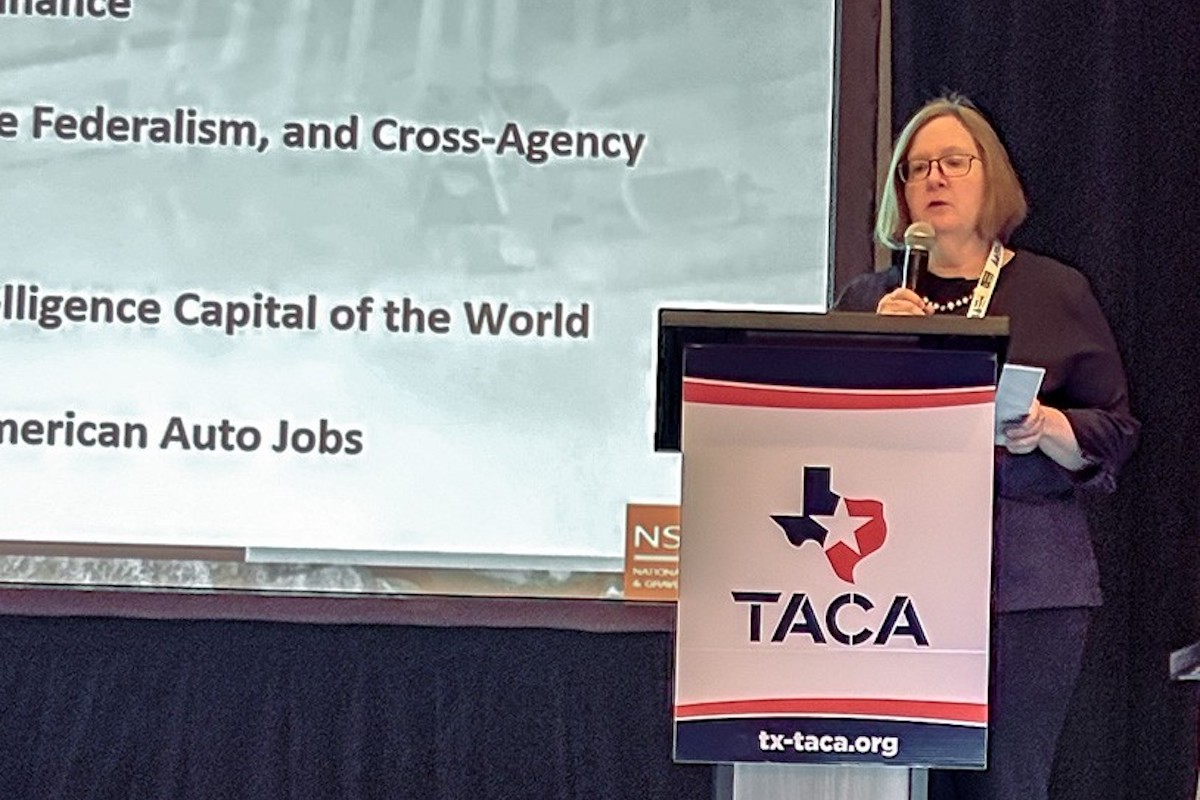The robots used in RPA aren’t walking, talking humanoids, but rather virtual bots housed on a server or on the cloud. Each bot is a software program that mimics the actions of humans in order to complete structured, logic-based tasks, such as drafting and sending invoices, consolidating documents for an expense report, or handling various administrative human resources tasks.
Bots are designed to augment a human workforce, making workers more productive by eliminating the need for humans to spend time on repetitive, low-value activities. For the construction industry, the ability to free up staff to work on other tasks by using this emerging technology could make a significant difference to a company’s bottom line and add agility to the organization.
Automation is not just about reducing head count, but improving accuracy and efficiency.
Following are some of the ways that the construction industry could make use of RPA:

| Your local ASV dealer |
|---|
| CLM Equipment Co |
Client or Owner Invoice Creation
RPA can pull together the necessary information, consolidate it into a single package, and send the invoice out within minutes.
Updating Client, Vendor, Supplier or Subcontractor Lists
RPA can automatically update client lists and repopulate any forms with corrected contact information.
Document Management
Rather than an outdated filing system that can lead to errors or lost documents, RPA can automatically file scanned documents into a centralized, easily managed system.
Recruiting
RPA can automatically scan LinkedIn for candidates with a specific education, certifications or experience.
Cost Monitoring
RPA can take over the production of cost-to-estimate reports, pulling in data from contractors and suppliers, importing it into the project budget and generating real-time analytics into regular weekly, daily or on-demand reports.

| Your local Bobcat dealer |
|---|
| Air Compressor Solutions |
| Romco Equipment Co |
| Nueces Power Equipment |
| Central Texas Equipment |
Email Blasts
RPA can create and send mass emails based on lists or other rules that have been created.
Estimate Generation
Once basic information from a customer has been collected, RPA can use that data to generate a preliminary quote for potential work.
Tax Preparation
RPA can pull tax-related data and documents from various systems, making it easier for on-staff accountants or an outsourced team to easily access the information needed to file taxes.
Onboarding Employees, Subcontractors, Suppliers
The mundane, repetitive nature of collecting documents and information, filing contracts and setting up payments makes them perfect for automation.
Email Response
RPA can handle responses to some basic emails or web queries, or direct the email to the appropriate contact at a company.

| Your local Astec dealer |
|---|
| Closner Equipment Co Inc |
Processing Invoices
As vendor invoices come in, RPA can extract the necessary data from them and automatically enter it into an accounting system. RPA can also send a confirmation email to vendors letting them know that the invoices are in processing and highlighting any missing information.
Request for Proposal Production
RPA can assist with several parts of the RFP process, including creating an estimate, gathering supporting documentation and populating at least part of the proposal.
On top of that the McKinsey study noted that by automating manual and repetitive tasks, successful operation centers are reducing costs by 30 to 60 percent while increasing delivery quality. The boost in productivity also makes employees who can delegate tasks to RPA more valuable to the company. Sales professionals might spend less time drafting RFPs, for example, and more time meeting face-to-face with clients; recruiters might spend less time seeking out candidates and more time interviewing them; a project manager can focus on managing subcontractors rather than worrying about whether they’ve properly filled out their paperwork.
In addition to productivity, organizations can expect to see a reduction in mistakes. Bots are never tempted to cut corners in ways that might lead to quality or compliance issues. Companies that build bots according to regulatory rules can rest easy knowing the bots will not only adhere to those rules, but will also leave a trail proving their compliance to potential auditors.
Robots don’t take breaks or sleep, so once a bot is running, it could, essentially, work on its given task 24 hours a day. Bots also offer elasticity. Managers can scale up and scale down without making drastic – and expensive – changes to the human workforce. This agility is a huge advantage to adjust between high and low demand cycles.

| Your local Hitachi dealer |
|---|
| ASCO Equipment |
| Bane Machinery |



































































